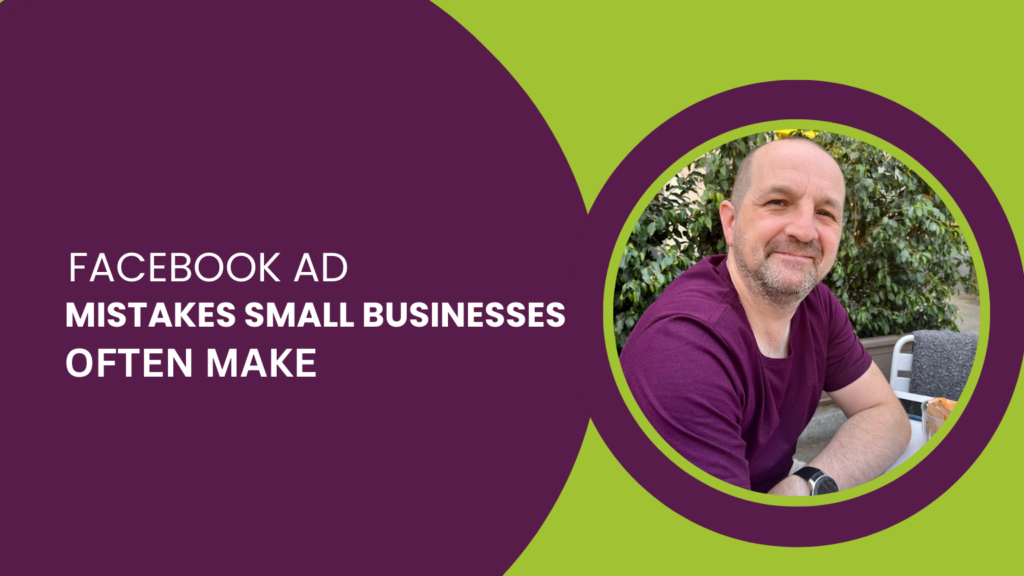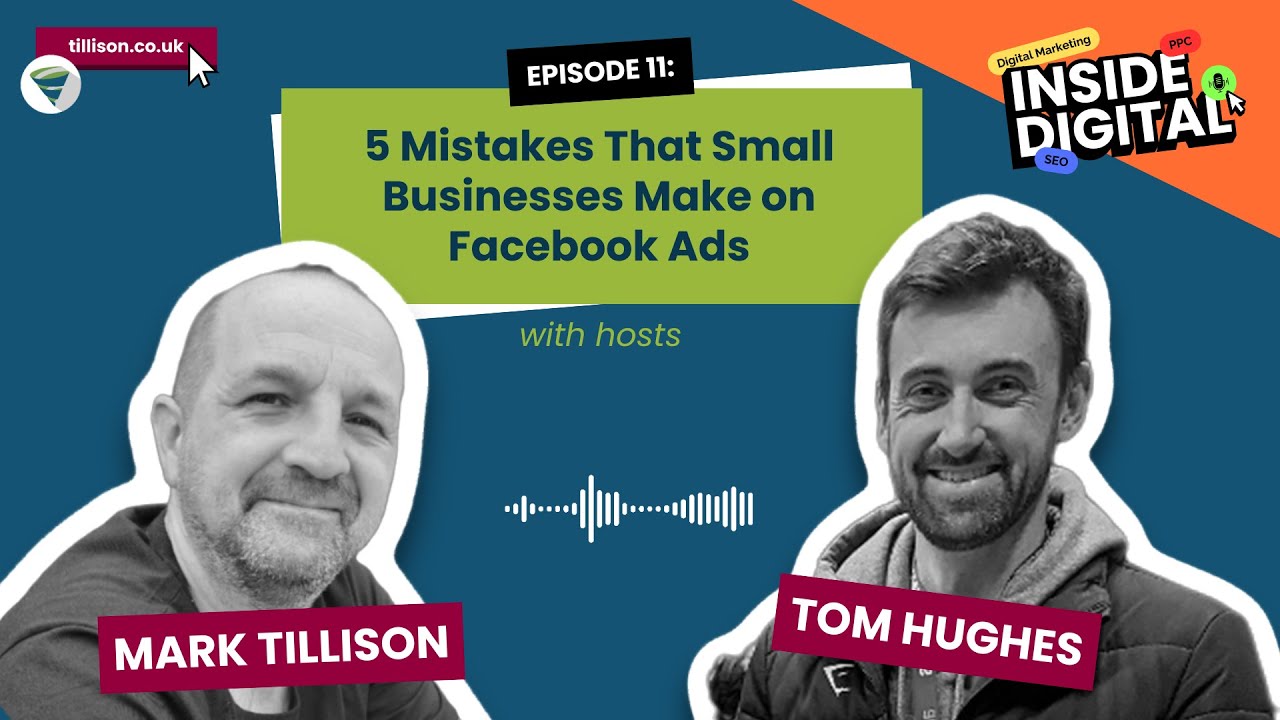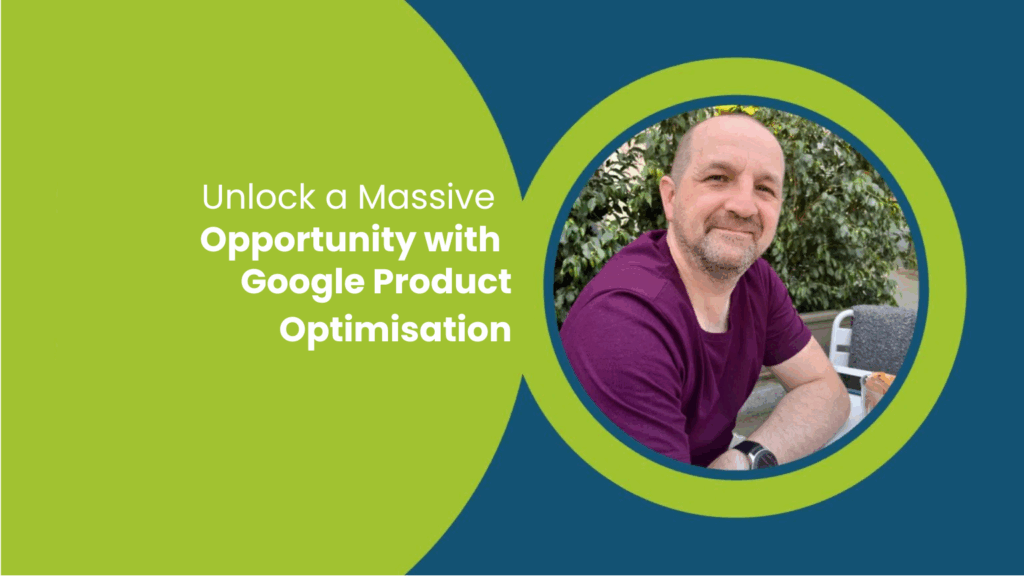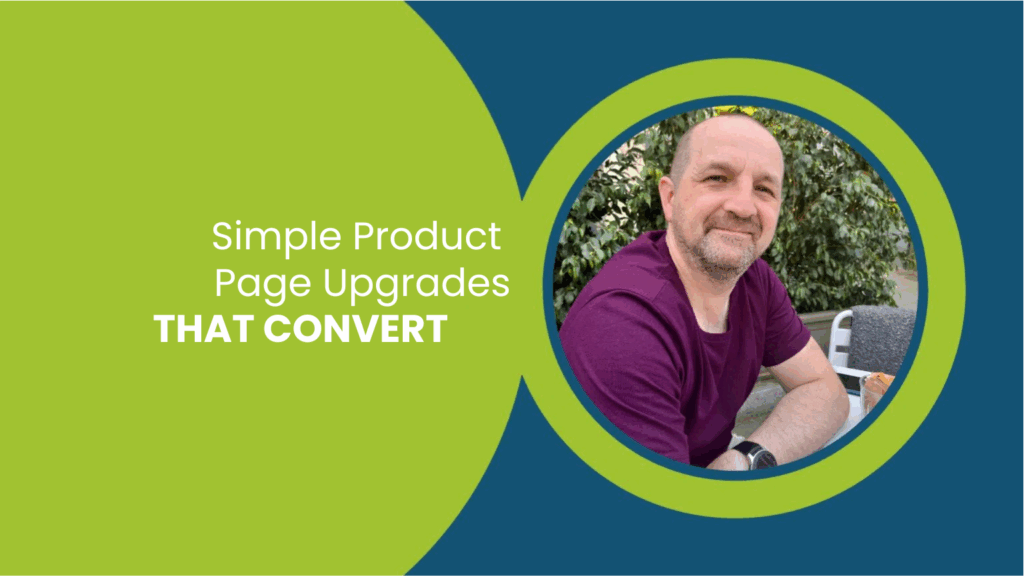Why are Facebook ads important for small businesses?
In today’s competitive digital landscape, small businesses often rely on Facebook (or Meta) ads as a cornerstone of their marketing strategy. With its sophisticated targeting options and massive user base, the platform offers unparalleled opportunities for reaching potential customers.
What are the challenges of running successful Facebook ad campaigns?
Running successful campaigns isn’t as simple as setting a budget and hitting “publish.” Without a well-thought-out strategy, it’s easy to waste time and money on ads that miss the mark.
In this post, we’ll explore five of the most common mistakes small businesses make when running Facebook ads and provide actionable advice to help you optimise your campaigns for success.
Mistargeting: Finding the Right Audience Size
How do I find the right audience size for Facebook ads?
Targeting is one of the most pivotal elements of a successful Facebook ad campaign. Many businesses fall into the trap of making their targeting either too broad or too narrow, both of which can lead to wasted budgets.
- Too broad: For example, a school targeting “education” as an interest may attract users searching for anything from preschool programmes to university courses, leading to irrelevant clicks and wasted budget.
- Too narrow: Hyper-specific targeting, like separating audiences by tiny age ranges or niche interests, can restrict your reach, resulting in higher costs and insufficient data for Facebook’s algorithm to optimise.
What happens if my Facebook ad targeting is too broad or too narrow?
- Too broad targeting leads to irrelevant clicks and low ROI.
- Too narrow targeting restricts reach and increases costs per click, making campaigns less effective.
What is a balanced targeting approach for Facebook ads?
Use a balanced targeting approach by including relevant, specific interests (e.g., “secondary education” or “local parents”). Avoid over-segmentation to allow Facebook’s algorithm to optimise performance.
How can Lookalike Audiences improve my Facebook ad performance?
Consider using “Lookalike Audiences” based on your best customers. This method helps find users who resemble those who’ve already engaged with your business, ensuring better results.
Neglecting the Quality of Ad Creative
Why is ad creative important for Facebook ads?
The creative component of your ad—images, videos, and text—is your first and often only chance to grab attention. Over 70% of your ad’s effectiveness hinges on its creativity. Poorly designed visuals or generic messaging will cause users to scroll past, reducing engagement and increasing costs.
What makes Facebook ad creative effective?
- Ads that feel personal, authentic, or resemble organic content tend to perform better.
- High-quality visuals and clear messaging improve engagement.
How can I create engaging visuals for my Facebook ads?
- Experiment with formats: Test a mix of images, carousel ads, and videos to see what resonates with your audience.
- Use tools like Canva or Adobe Express to create professional-looking graphics with ease.
Should I use images, videos, or carousel ads for Facebook campaigns?
Each format offers unique advantages. Continuously A/B test to identify which formats, imagery, and messaging resonate best with your audience.
Failing to Leverage the Facebook Pixel
What is the Facebook Pixel, and why is it important?
The Facebook Pixel is an essential tool that enables you to track user behaviour on your website, measure conversions, and optimise your campaigns. Without it, you’re missing out on critical data that can help you refine your strategy and improve ad performance.
How can the Facebook Pixel help optimise my campaigns?
The Pixel allows you to:
- Track actions like purchases, form submissions, or page views.
- Build custom audiences for retargeting, such as users who abandoned carts.
- Optimise for conversions by helping Facebook identify users most likely to complete your desired action.
How do I install and configure the Facebook Pixel?
Install the Pixel on your website using tools like Google Tag Manager. Test its functionality with the Facebook Pixel Helper browser extension.
How do I use Facebook Pixel data to build custom audiences?
Use Pixel data to create specific groups, such as users who visited certain product pages or added items to their cart but didn’t complete a purchase. These audiences allow for precise retargeting.
Choosing the Wrong Campaign Objective
How do I choose the right campaign objective on Facebook?
Choosing the correct objective is crucial. Each objective tells Facebook what you want to achieve—whether it’s driving website traffic, increasing brand awareness, or generating sales.
What’s the difference between Traffic, Engagement, and Conversion objectives?
- Traffic: Focuses on attracting users likely to click your link but doesn’t prioritise conversions.
- Engagement: Optimises for likes, comments, and shares but may not lead to sales.
- Conversions: Targets users more likely to make a purchase or complete a specific action.
How can I align my Facebook campaign objective with my business goals?
Always align the objective with your desired outcome. For example:
- Use “Conversions” to drive sales.
- Use “Traffic” or “Engagement” only when clicks or awareness are your primary goals.
Ignoring Mobile Optimisation
Why is mobile optimisation important for Facebook ads?
Over 90% of Facebook users access the platform via mobile devices. Ads that aren’t optimised for mobile can result in poor user experiences, lower engagement, and higher bounce rates.
How can I ensure my Facebook ads are mobile-friendly?
- Test ads on mobile to ensure images, videos, and text display correctly.
- Use Facebook’s “Mobile-First” ad formats.
What are the best practices for optimising landing pages for mobile users?
- Ensure landing pages load quickly.
- Make them mobile-responsive.
- Provide a seamless experience from ad to checkout.
Inconsistent Branding Across Ads
Why is consistent branding important for Facebook ads?
Brand recognition is key, especially for small businesses. Inconsistent logos, colours, and messaging can confuse users and hurt your brand’s identity.
How do I ensure my Facebook ads maintain brand consistency?
Develop a style guide that includes:
- Logo usage
- Fonts
- Colours
- Tone of voice
What tools can I use to create consistent ad designs?
Tools like Canva and Adobe Spark make it easy to apply your brand style across all ad formats.
Conclusion
By avoiding these common mistakes, small businesses can maximise the ROI of their Facebook ad campaigns and achieve meaningful results. Success comes from testing, learning, and continuously refining your approach.
Focus on targeting the right audience, creating high-quality ad creative, leveraging the Facebook Pixel, choosing the correct campaign objectives, optimising for mobile, and maintaining consistent branding.
If you’re struggling to achieve results or optimise your campaigns effectively, consider reaching out to us and we can take a look at where you’re struggling. Don’t let your ad budget go to waste—start optimising today!





